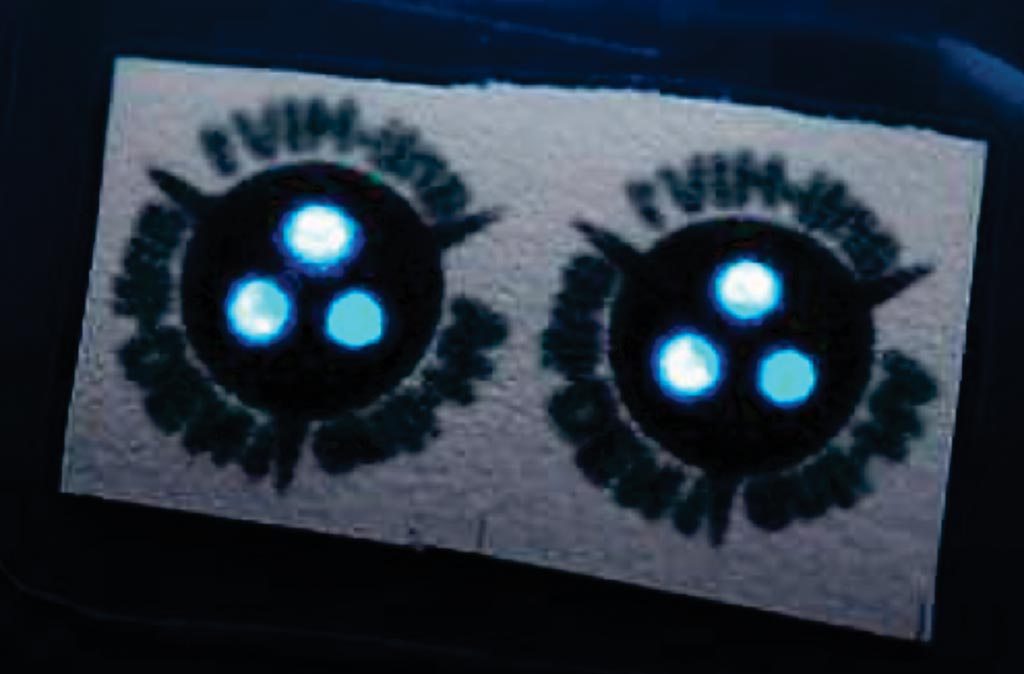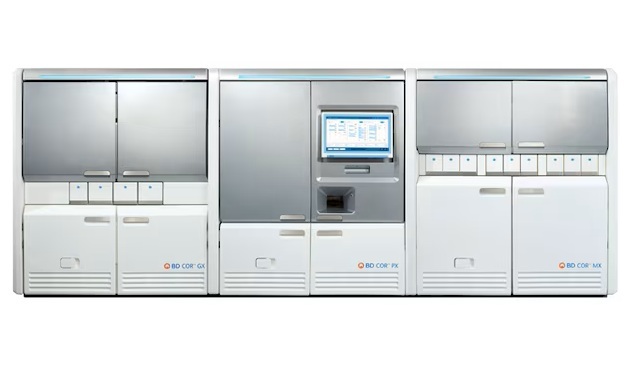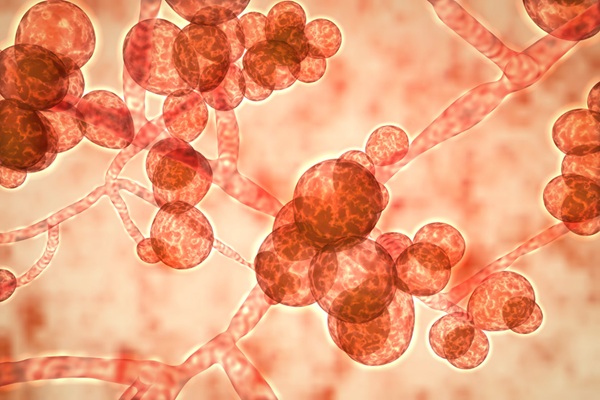Rapid Test Uses Glow-in-the-Dark Paper
By LabMedica International staff writers
Posted on 16 Oct 2018
A practicable and reliable way to test for infectious diseases has been found and all that is needed are a special glowing paper strip, a drop of blood and a digital camera.Posted on 16 Oct 2018
The test uses fully integrated “sample‐in‐signal‐out” microfluidic paper‐based analytical devices (μPADs) relying on bioluminescence resonance energy transfer (BRET) switches for analyte recognition and colorimetric signal generation.

Image: This close-up of the glow-in-the-dark paper strip contains two copies of the test. The three glowing dots per test indicate that you can check on three different antibodies within one test (Photo courtesy of Bart van Overbeeke).
Scientists from the Eindhoven University of Technology (Eindhoven, the Netherlands) and their colleagues at the Keio University (Kohoku-ku, Japan) developed the devices use BRET‐based antibody sensing proteins integrated into vertically assembled layers of functionalized paper, and their design enables sample volume‐independent and fully reagent‐free operation, including on‐device blood plasma separation. User operation is limited to the application of a single drop (20–30 μL) of sample (serum, whole blood) and the acquisition of a photograph 20 minutes after sample introduction, with no requirement for precise pipetting, liquid handling, or analytical equipment except for a camera.
The color is created thanks to the secret ingredient of the paper strip: a so-called luminous sensor protein. After a droplet of blood comes onto the paper, this protein triggers a reaction in which blue light is produced (known as bioluminescence). An enzyme that also illuminates fireflies and certain fish, for example, plays a role in this. In a second step, the blue light is converted into green light, but here comes the clue: if an antibody binds to the sensor protein, it blocks the second step. A lot of green means few antibodies and, vice versa, less green means more antibodies.
The ratio of blue and green light can be used to derive the concentration of antibodies. By measuring the ratio precisely, they suffer less from problems that other biosensors often have, such as the signal becoming weaker over time. In their prototype, the team successfully tested three antibodies simultaneously, for human immunodeficiency virus (HIV), influenza and dengue fever. Maarten Merkx, PhD, a professor of Bioengineering and a leading author of the study, said, “A biochemical reaction causes the underside of paper to emit blue-green light; the bluer the color, the higher the concentration of antibodies. A digital camera, for example from a mobile phone, is sufficient to determine the exact color and thus the result.” The study was published on August 31, 2018, in the journal Angewandte Chemie International Edition.
Related Links:
Eindhoven University of Technology
Keio University







 Analyzer.jpg)






